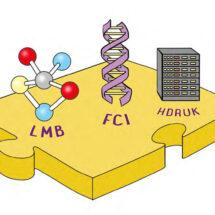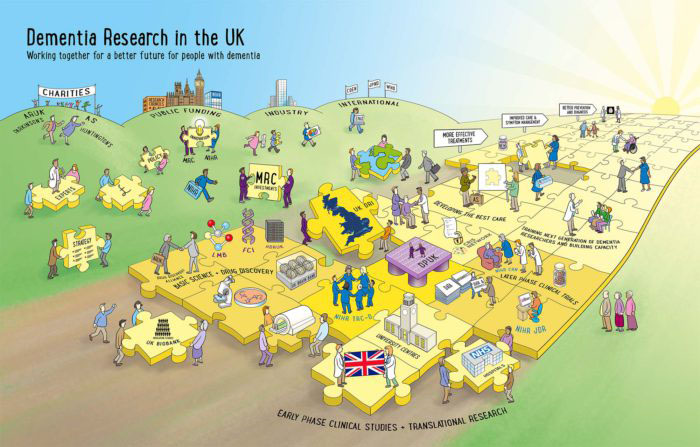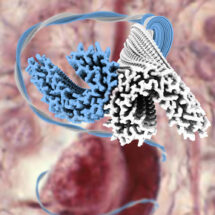
The UK’s dementia research landscape is an impressive and complex jigsaw – made up of funders, research institutes, hospitals, industry, charities and more, all working together for a better future for people with dementia. A new picture, developed by the Medical Research Council (MRC) and National Institute for Health Research (NIHR), illustrates how the jigsaw pieces fit together.
The collective ambition to defeat dementia requires a concerted, collaborative, multidisciplinary approach which embraces diverse programmes of research. The UK has excellent infrastructure which brings together researchers from many areas to work towards the same goal: better treatments for people with dementia. Without any one of the jigsaw pieces, the picture would be incomplete.
The MRC Laboratory of Molecular Biology (LMB) is an important piece in this jigsaw and plays a significant part in the UK’s dementia research landscape, carrying out fundamental research which is spearheaded by scientists in the LMB’s Neurobiology Division.

The LMB has long been at the forefront of research into dementing disorders, many of which are characterised by clumping of misfolded proteins in the brain. In 1988, it was LMB scientists, together with researchers in the Department of Psychiatry in the University of Cambridge, who showed that Tau protein is an integral component of the clumps seen in Alzheimer’s disease and other dementing diseases. One of the LMB scientists, Michel Goedert, in collaboration with others, has gone on to show that mutations in the tau gene cause some cases of dementia and that tau aggregates propagate clumping. Michel and collaborators have also shown that alpha-synuclein is the major component of the protein clumps in Parkinson’s disease and dementia with Lewy bodies.
Studying the fundamental cellular processes involved in neurodegeneration is vital for providing the knowledge to develop drugs and treatments. Indeed, Anne Bertolotti’s group investigates what causes misfolded proteins to be deposited in cells. In 2015, the scientists identified a novel compound, called Sephin1, which is beneficial in mouse models of two rare neurodegenerative diseases. Efforts are being pursued to translate such approaches in humans.

A collaborative, multidisciplinary approach is also highly important within the LMB. Recently Michel Goedert worked with Sjors Scheres, from the LMB’s Structural Studies Division, to determine the atomic structures of Tau filaments. The scientists extracted the filaments from the brain of a patient who had died with Alzheimer’s disease. Using a technique called cryo-electron microscopy the scientists imaged the filaments. The resulting atomic structures reveal which parts of Tau form the seed for aggregation, highly important for the development of potential drugs which aim to prevent the clumping of Tau.
The LMB continues to invest in and strengthen its dementia research, including the recent appointment of group leader Rebecca Taylor. Rebecca’s group is investigating how neurons detect stress, the means by which stress responses are communicated between cells, and how interfering in this process might be harnessed to treat disease.
Situated on the Cambridge Biomedical Campus, a thriving community where the worlds of academia, industry, research and health meet, the LMB is ideally positioned to collaborate on dementia research. Partners on the Cambridge Biomedical Campus include AstraZeneca and Cambridge University Hospitals, aiding the ‘bench to bedside’ mission and maximising the impact of the fundamental research that takes places at the LMB on the lives of patients. Ultimately all the players in the UK’s dementia research landscape are striving for the same outcome: more effective treatments, better care for patients, improved diagnostics and symptom management together with new insights into prevention.
Further references
MRC blog: Behind the picture: Dementia research in the UK
Michel’s group page
Anne’s group page
Sjors’s group page
Rebecca’s group page
Insight on Research: First atomic structures of Tau filaments from Alzheimer’s disease brain
Insight on Research: First steps in preventing neurodegenerative diseases
Cambridge Biomedical Campus website